By Richard Mann
Editor’s Note: The views in this article are the author’s own and don’t necessarily represent those of Action Target, Inc.
Gunsite Instructor Il Ling New believes one of the best ways to train with a defensive handgun is to practice head shots at moderate to extended ranges; meaning as far out as 20 yards. At first glance this may seem a bit extreme but consider that if you can consistently and quickly get heads shots at these distances, center punching a troll at between three and five yards should be easy.
T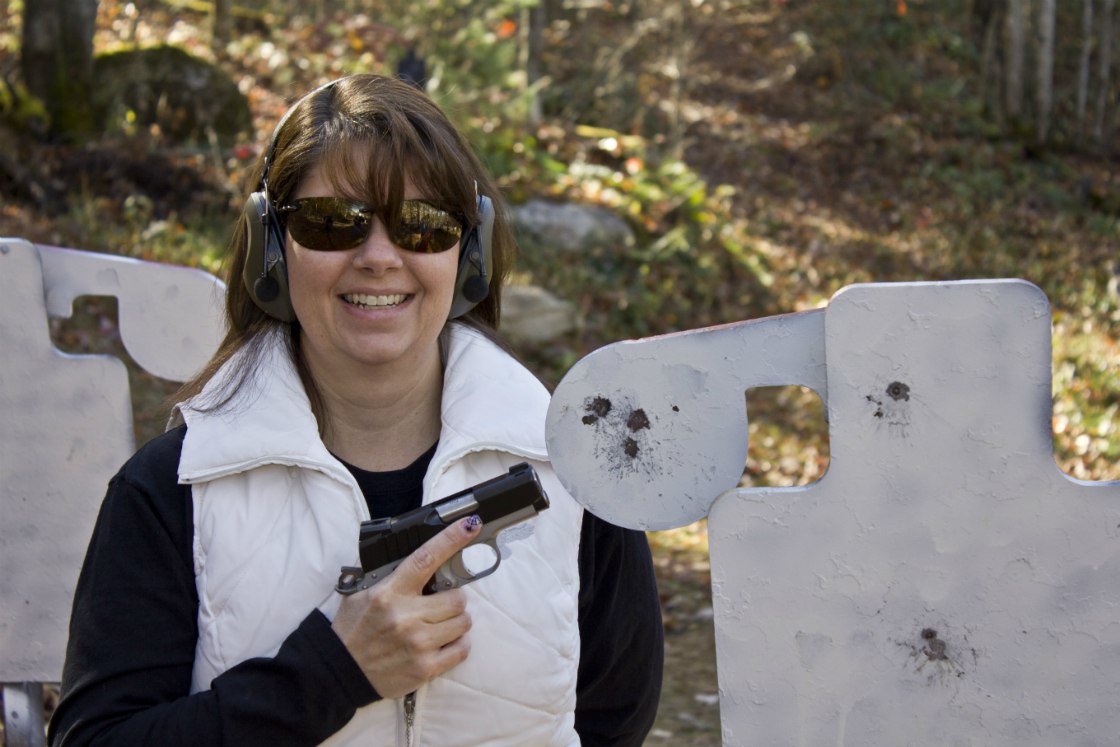 he most common way to practice head shots is to draw from the holster and fire a single shot at the head of a target. Action Target’s Steel Hostage Target
he most common way to practice head shots is to draw from the holster and fire a single shot at the head of a target. Action Target’s Steel Hostage Target![]() works great for this because you can use either the square head of the silhouette or the flapper head that will swing from side to side when hit. This flapper target actually adds a new dimension to head shot training that is impossible to achieve just about any other way.
works great for this because you can use either the square head of the silhouette or the flapper head that will swing from side to side when hit. This flapper target actually adds a new dimension to head shot training that is impossible to achieve just about any other way.
Regardless of the defensive handgun training that you conduct, training to only deliver one round is not tactically sound and does little to advance your skills, especially when working at varying distances. One question firearms instructors often get asked is, “How soon after my first shot should my next shot be?” In other words, students want to know what their shot cadence should be. The answer is, of course, as fast as you can get hits, and this will vary as your ability increases.
With the Action Target Steel Hostage Target you don’t need a shot timer or an instructor telling you you’re shooting too slowly. Since the flapper target swings from side to side based on energy imparted to it by the bullet, the further away the target is, the slower it will flop over to the other side. The time it takes the target to flop lets the shooter recover from recoil and reengage the target at a new location.
This is realistic because it’s doubtful a bad guy will stand still while you are shooting at him and the greater the distance to the target, the more time it will take you to recover and align your sights. This time is matched very well by the flapper target. If you are ready to shoot as soon as it reappears, you’re shooting fast enough and not too fast, if you get a hit.
 Here is a simple drill you can use to practice head-shots at varying ranges while fine tuning your shot cadence:
Here is a simple drill you can use to practice head-shots at varying ranges while fine tuning your shot cadence:
- Set Action Target Hostage Targets at 5, 15, and 20 yards
- Start by practicing at each individual distance, engaging the flapper target only
- After you are consistent at each range, engage all the flapper targets starting with the closest and moving to the furthest, with at least two shots each (more shots at each range are even better if your handgun has a higher capacity).
- If you only have two Action Target Hostage Targets or limited ammo capacity, place one at 5 yards and the other at 20.
You don’t need a shot timer. Your goal is to engage each flapper target as soon as it reappears. Do this often and you’ll become at-one with your proper shot cadence at near and far ranges. This drill, coupled with the Action Target Steel Hostage Targets, offers a simple mechanical solution to a complex firearms training problem for shooters of all abilities.
To read more from Richard Mann check out his blog Empty Cases, www.empty-cases.com.







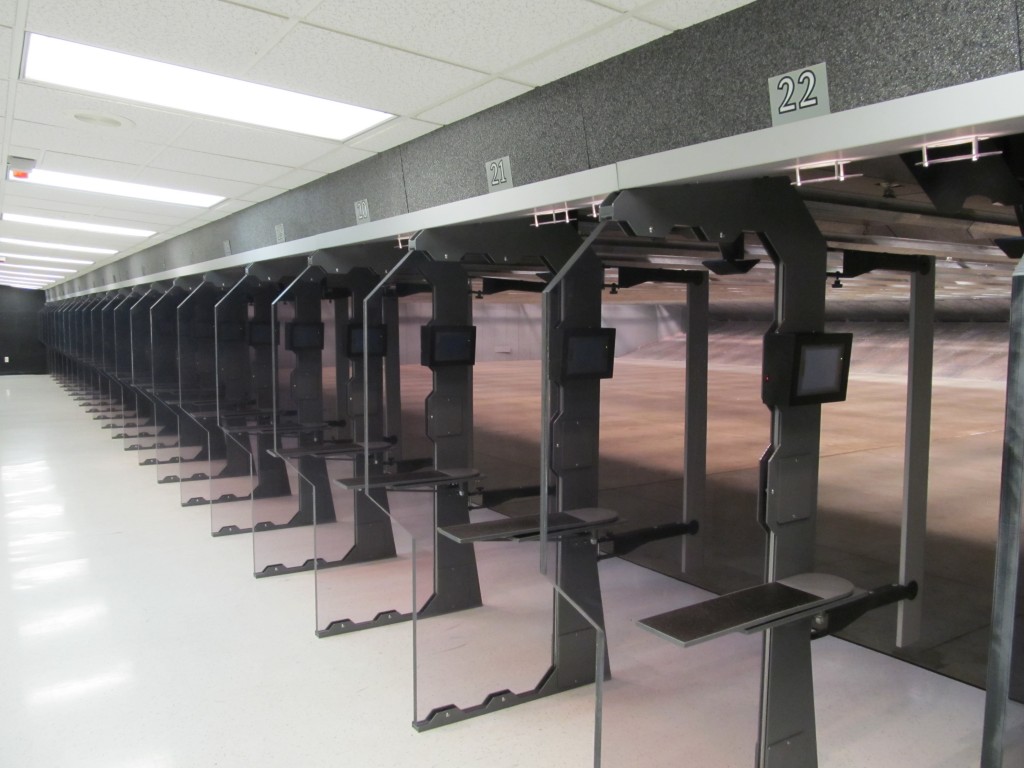 Action Target first worked with Ohio State Highway Patrol back in 1999 when we installed our “state of the art”
Action Target first worked with Ohio State Highway Patrol back in 1999 when we installed our “state of the art” 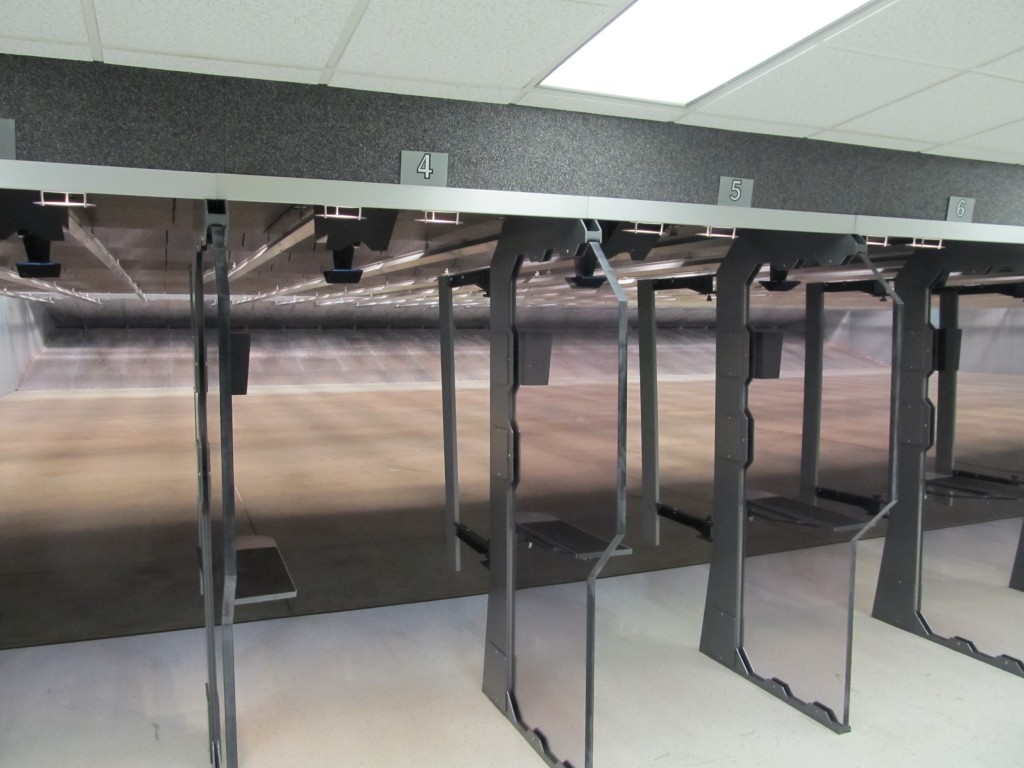 This 24 lane, 25 yard indoor range now provides officers a variety of training options, including timed training qualification courses and decision making drills. In addition, the total containment trap system, and
This 24 lane, 25 yard indoor range now provides officers a variety of training options, including timed training qualification courses and decision making drills. In addition, the total containment trap system, and 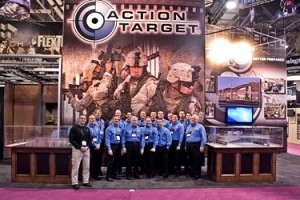 We will have our entire sales staff available to discuss our vast product line with you. Our team of sales representatives wants to work with you to understand your training needs. They can quickly discuss our products that will meet your requirements and possibly provide you with a demonstration if the product is in our booth.
We will have our entire sales staff available to discuss our vast product line with you. Our team of sales representatives wants to work with you to understand your training needs. They can quickly discuss our products that will meet your requirements and possibly provide you with a demonstration if the product is in our booth.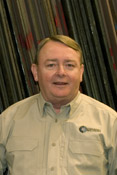
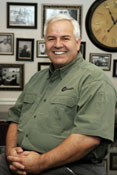











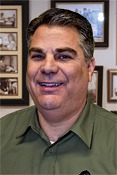




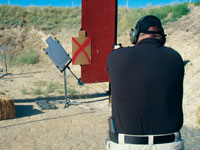 As part of the solution, we will follow a more flexible schedule in the types of courses Action Target Academy will offer to law enforcement. We have also designed new courses that demonstrate effective, yet budget friendly firearms trainings. For example, we will dramatically increase the number of our Portable Steel Target Seminars, which are held at outdoor ranges and taught by some of the best firearm instructors in the country. Some of these expert instructors include
As part of the solution, we will follow a more flexible schedule in the types of courses Action Target Academy will offer to law enforcement. We have also designed new courses that demonstrate effective, yet budget friendly firearms trainings. For example, we will dramatically increase the number of our Portable Steel Target Seminars, which are held at outdoor ranges and taught by some of the best firearm instructors in the country. Some of these expert instructors include 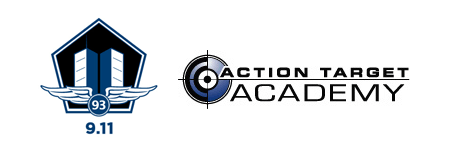
 Under such extreme stress, cognitive ability is diminished and thought process is narrowed acutely. When facing the stress of lethal confrontation, officers should not have to think about basic weapons manipulation or marksmanship fundamentals; if they have to think about these basic fundamentals under stress, their chances for losing increase.
Under such extreme stress, cognitive ability is diminished and thought process is narrowed acutely. When facing the stress of lethal confrontation, officers should not have to think about basic weapons manipulation or marksmanship fundamentals; if they have to think about these basic fundamentals under stress, their chances for losing increase. Thanks again to everyone who participated in and helped make LETC 2011 a success! It is sincerely our privilege and honor to be able to work with the most dedicated, selfless, and hard-working members of the law enforcement community each year.
Thanks again to everyone who participated in and helped make LETC 2011 a success! It is sincerely our privilege and honor to be able to work with the most dedicated, selfless, and hard-working members of the law enforcement community each year. Many people have survived getting shot multiple times. The cliché “one shot, one kill” should be discarded from the war-fighter lexicon. This is especially the case for gun rounds, but also true with most every caliber of long gun used for close-quarters engagements.
Many people have survived getting shot multiple times. The cliché “one shot, one kill” should be discarded from the war-fighter lexicon. This is especially the case for gun rounds, but also true with most every caliber of long gun used for close-quarters engagements.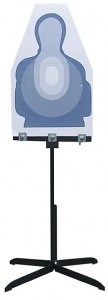 One of the most enjoyable drills for me personally is a six-shot rhythm drill with my handgun. I use paper targets on my
One of the most enjoyable drills for me personally is a six-shot rhythm drill with my handgun. I use paper targets on my 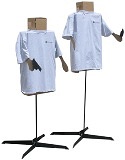 bounce, spin, rock, wobble, explode, fall, or give some other visual indicator when hit. High contrast paint on a shooting surface will increase visual feedback, but paint must be reapplied frequently. Paint can also be used to reduce visibility if desired.
bounce, spin, rock, wobble, explode, fall, or give some other visual indicator when hit. High contrast paint on a shooting surface will increase visual feedback, but paint must be reapplied frequently. Paint can also be used to reduce visibility if desired.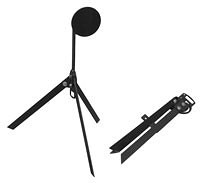 In addition to providing effective visible and audible indicators when hit, steel targets greatly enhance the steel efficiency of your training as well. Instead of changing out paper or cardboard targets, you can spend more time actually shooting. The 30 or so minutes you save each day really add up over the course of a year, especially if you are working with a large department.
In addition to providing effective visible and audible indicators when hit, steel targets greatly enhance the steel efficiency of your training as well. Instead of changing out paper or cardboard targets, you can spend more time actually shooting. The 30 or so minutes you save each day really add up over the course of a year, especially if you are working with a large department.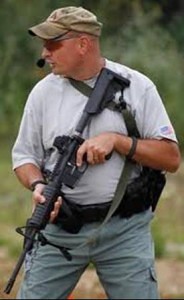
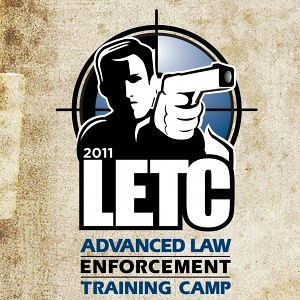 LETC 2011 began Monday, September 12th and goes through September 16th in Provo, Utah. LETC’s world-class instructors hail from the
LETC 2011 began Monday, September 12th and goes through September 16th in Provo, Utah. LETC’s world-class instructors hail from the